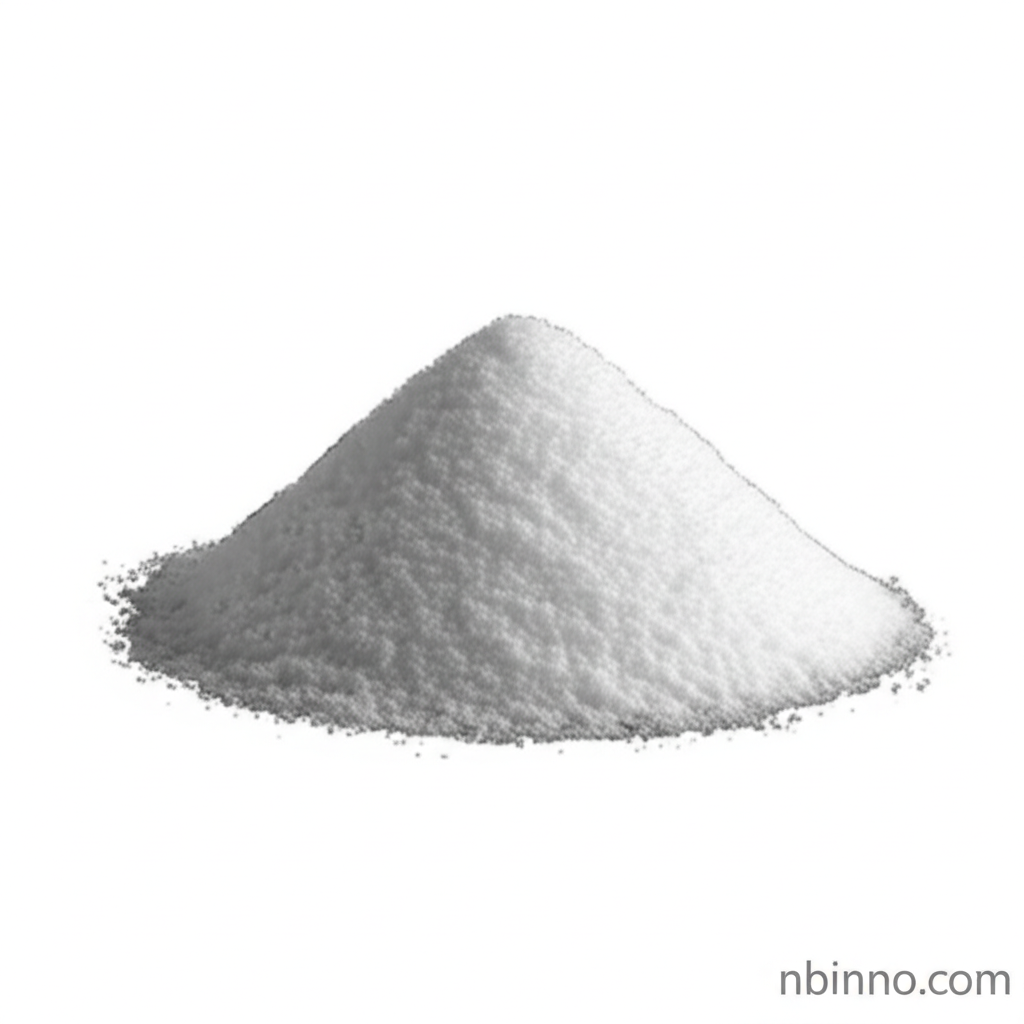Unlocking Advanced Materials with 2,4,6-Tris(4-methylphenyl)-1,3,5-triazine
Explore the synthesis, properties, and cutting-edge applications of this vital chemical intermediate.
Get a Quote & SampleProduct Core Value

2,4,6-tris(4-methylphenyl)-1,3,5-triazine
This compound is a key intermediate for synthesizing advanced materials such as Metal-Organic Frameworks (MOFs) and Conjugated Microporous Polymers (CMPs). Its unique molecular structure provides high thermal stability and tunable electronic properties, making it invaluable for next-generation technologies.
- The synthesis of 2,4,6-tris(4-methylphenyl)-1,3,5-triazine can be achieved through various methods, ensuring high purity for demanding applications.
- Its applications in MOF synthesis are critical for developing materials with unique luminescent properties and potential in gas storage.
- This intermediate plays a role in creating Conjugated Microporous Polymers (CMPs) with significant porosity for applications like dye adsorption.
- The compound's electronic properties make it suitable for use in organic electronics, contributing to the development of efficient OLED materials.
Key Advantages Offered
High Thermal Stability
The inherent structure of 2,4,6-tris(4-methylphenyl)-1,3,5-triazine offers excellent thermal stability, crucial for high-temperature applications in materials science.
Versatile Intermediate
It serves as a vital building block in the chemical synthesis of organic light-emitting diodes (OLEDs) and other optoelectronic devices, enabling innovation in these fields.
Tailored Material Properties
When used in MOF synthesis, this compound allows for the precise tuning of material properties, including luminescence and surface area.
Key Applications
MOF Synthesis
This compound is essential for the synthetic preparation of Metal-Organic Frameworks (MOFs), particularly terbium-containing MOFs with luminescent properties.
Conjugated Microporous Polymers (CMPs)
It contributes to the formation of CMPs, which exhibit considerable porosity and are explored for applications such as pollutant degradation.
Organic Electronics
Its electron-deficient triazine core makes it suitable for use in organic electronics, particularly as electron-transport layers in OLEDs.
Chemical Intermediates
As a versatile chemical intermediate, it supports diverse organic synthesis pathways for novel compounds and materials.
Related Technical Articles & Resources
Why Choose Us?
Leverage our expertise and state-of-the-art infrastructure to accelerate your journey from discovery to commercial success.
Global Experience
With 20 years of R&D, manufacturing, and sales experience, we proudly serve clients across 60 countries and regions worldwide.
Advanced Facilities
Our in-house R&D laboratory, pilot platform, and large-scale production workshop are equipped to meet the audit requirements of global customers.
Seamless Scalability
We facilitate a perfect transition from small-scale lab requirements (grams) to full commercialization (hundreds of tons).
